|
|
|
Editor's note
|
|
At The Conversation, we love telling stories. As journalists and editors who work closely with academics, we aim to bring you factual stories that enlighten and entertain. And most importantly, stories you can trust.
Quite often, the best way to tell these stories is through text. But not always. An interactive visualisation can transform a large and daunting dataset into something personal and insightful. A single graphic can illustrate concepts too complex even for a thousand words. And an animated video can take you on a journey to places a traditional video cannot.
We recently published an interactive that mapped the cancer rates across Australia and our readers — well, you — loved it.
Today we bring you some of our favourite interactives, videos and podcasts for you to enjoy with your coffee and croissant. These are all on health, but we’ll bring you others in future newsletters.
|
Emil Jeyaratnam
Multimedia Editor
|

|
|
Play and interact
|
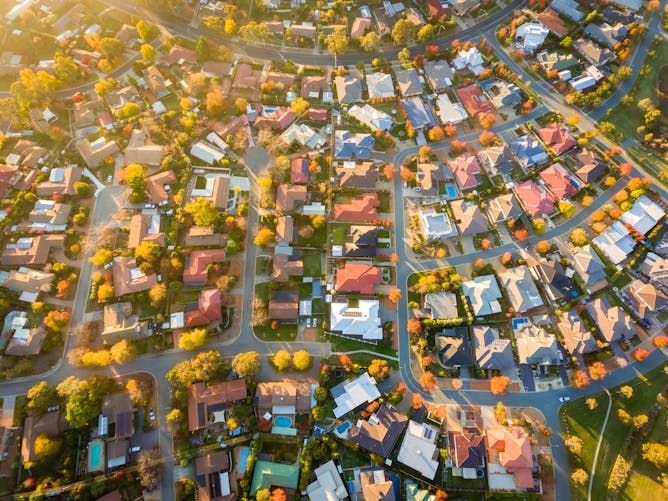
What trends might emerge when we map cancer incidence and mortality rates across Australia?
Shutterstock
Sunanda Creagh, The Conversation
It's clear that socioeconomic position has a strong influence on cancer incidence and mortality in Australia.
|
|
|
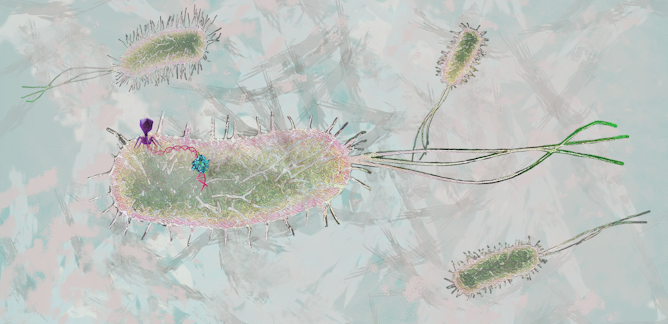
Merlin Crossley, UNSW
CRISPR harnesses the natural defence mechanisms of some bacteria to cut human DNA strands. Then the DNA strand either heals itself or we inject new DNA to mend the gap. This is gene editing.
| |

Erica Wood, Monash University; Lucy Fox, Monash University
Our bodies contain trillions of red blood cells. Each is covered in an array of proteins and sugars, inherited from our parents, which determine our blood group.
|

Emil Jeyaratnam, The Conversation; Sasha Petrova, The Conversation
This body map brings together evidence on proven cancer causes. Using credible, scientific sources it answers questions about whether alcohol, red meat or sun exposure increase your cancer risk.
| |
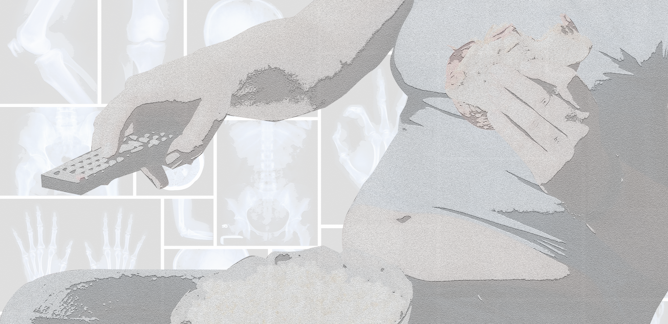
Carol Maher, University of South Australia; Tim Olds, University of South Australia
Being physically inactive has been shown to significantly increase the risk of many causes of death and disease. This interactive body map highlights the links between physical inactivity and disease.
|
|
|
Watch
|
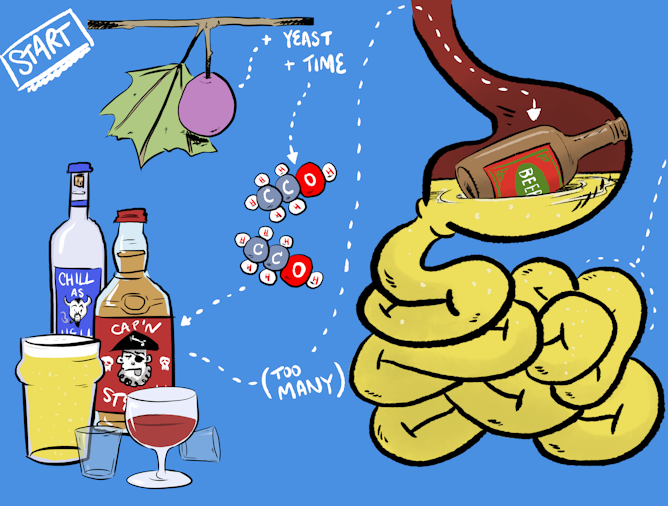
There’s a reason we apologise to our livers after a big night, and it’s not pretty.
Wes Mountain/The Conversation
Emil Jeyaratnam, The Conversation; Wes Mountain, The Conversation
What is it that makes us feel drunk when we drink? And why do we keep drinking if it can make us feel so terrible?
|
|
|
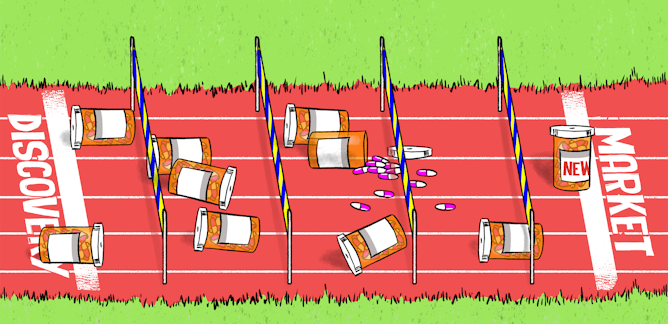
Sabine Braat, University of Melbourne; Elaine Mary Pascoe, The University of Queensland; Katherine J Lee, Murdoch Children's Research Institute; Laurent Billot, UNSW
Only around 10% of new drugs in development make it onto the market. A drug needs to go through animal trials, and then four phases of human trials to be deemed suitable for use in patients.
| |

Robert Moore, RMIT University
The make-up of our gut is constantly changing and affects everything from our immune system and digestion, to our brain function.
|
|
|
Listen
|
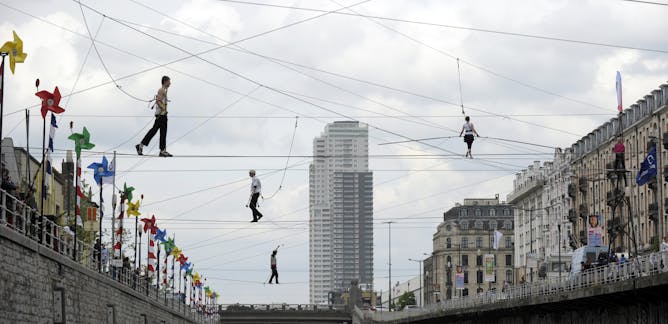
Madeleine De Gabriele, The Conversation
This month, we're talking risk. Three experts give their perspective on how long you might live, how to deal with loneliness – and how to step outside your comfort zone.
| |
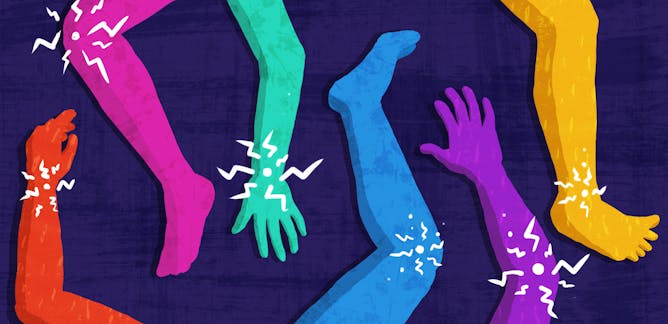
Sunanda Creagh, The Conversation; Sasha Petrova, The Conversation; Sophie Heizer, The Conversation; Benjamin Ansell, The Conversation
Our podcast Trust Me, I'm An Expert, goes beyond the headlines and asks researchers to explain the evidence on issues making news. Today, we're talking pain and what science says about managing it.
|
|
|
| |
Featured jobs
|

|
University of Melbourne — Parkville, Victoria
|

|
La Trobe University — Brunswick, Victoria
|

|
Australian Catholic University — Strathfield, New South Wales
|

|
CSIRO — Canberra, Australian Capital Territory
|
|
|
|
Featured events
|

|
Doltone House, Jones Bay Wharf, Pyrmont, Sydney, New South Wales, 2009, Australia — Australasian Hydrographic Society
|

|
ATC 101 Lecture Theatre, Level 1, Advanced Technologies Centre, Swinburne University of Technology, 401 - 451 Burwood Rd, Hawthorn, Victoria, 3122, Australia — Swinburne University of Technology
|

|
19 Ancora Imparo Way, Clayton campus, Clayton, Victoria, 3800, Australia — Monash University
|
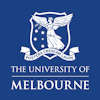
|
Theatre 230, Kwong Lee Dow Building at the University of Melbourne, Melbourne, Victoria, 3010, Australia — University of Melbourne
|
|
|
|
| |
| |
| |
| |
| |
|
|
|
|
|
|
|